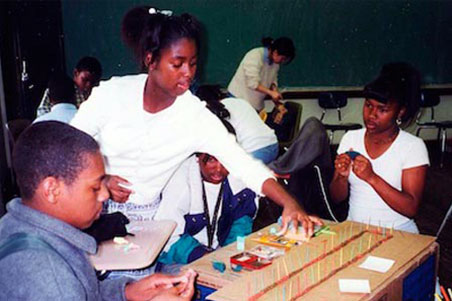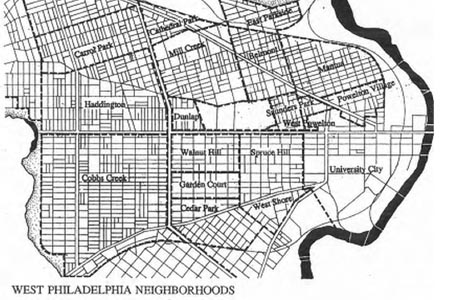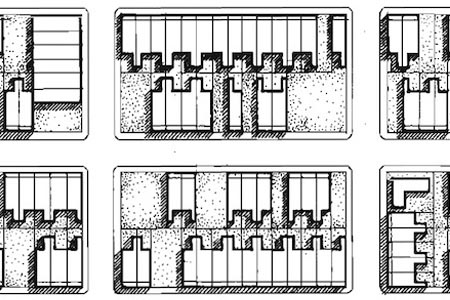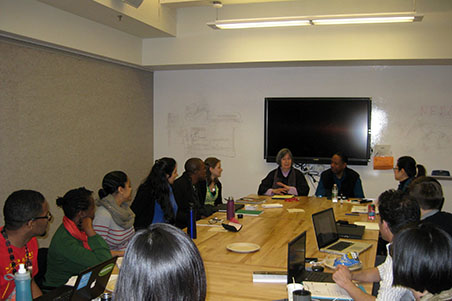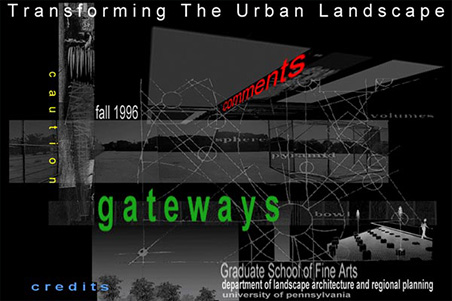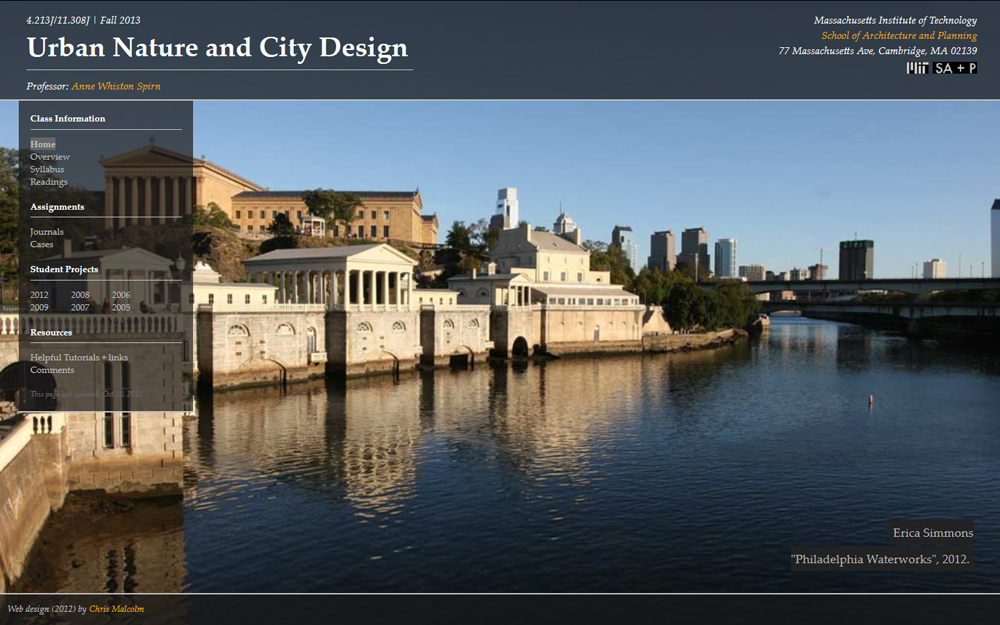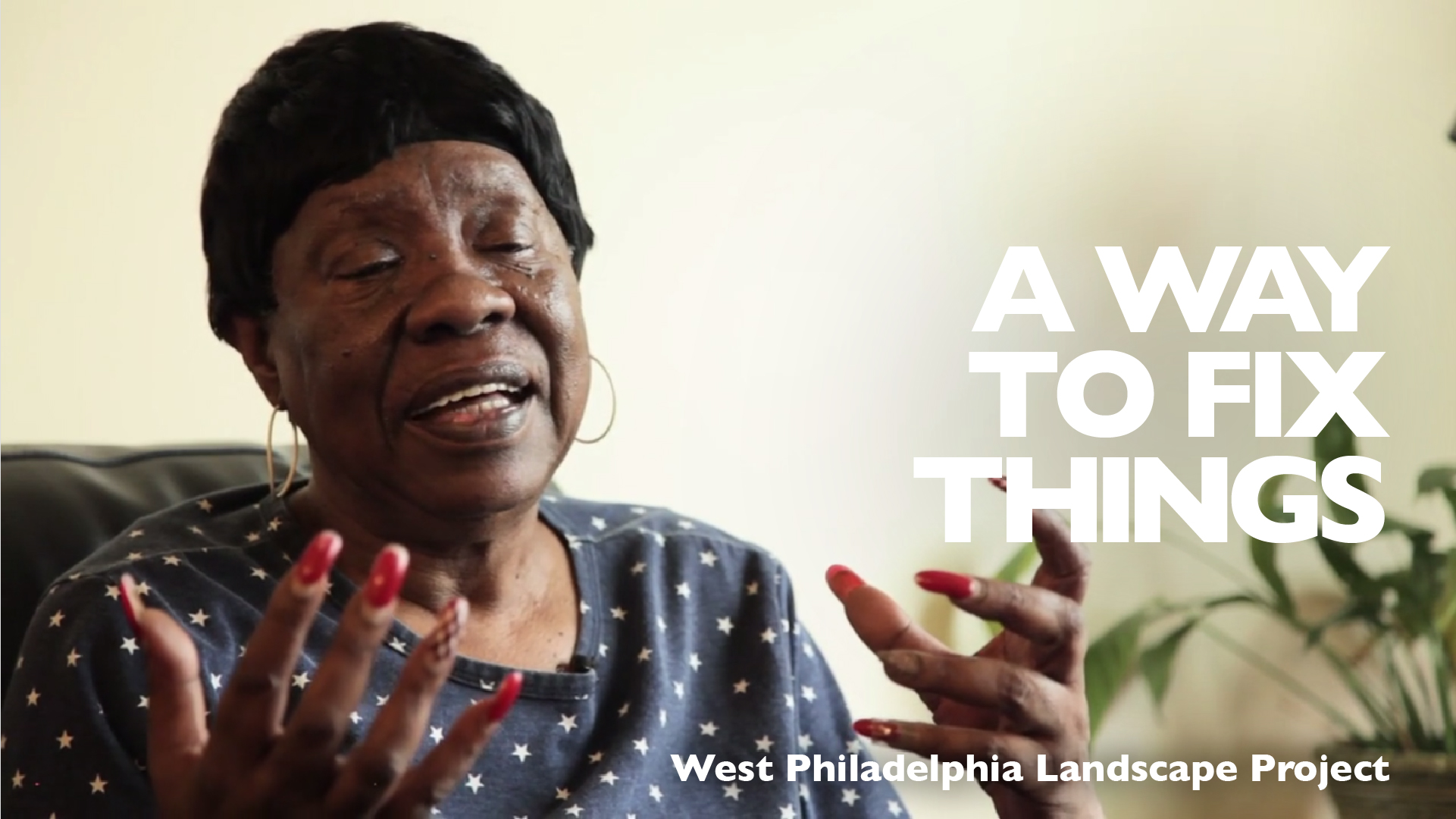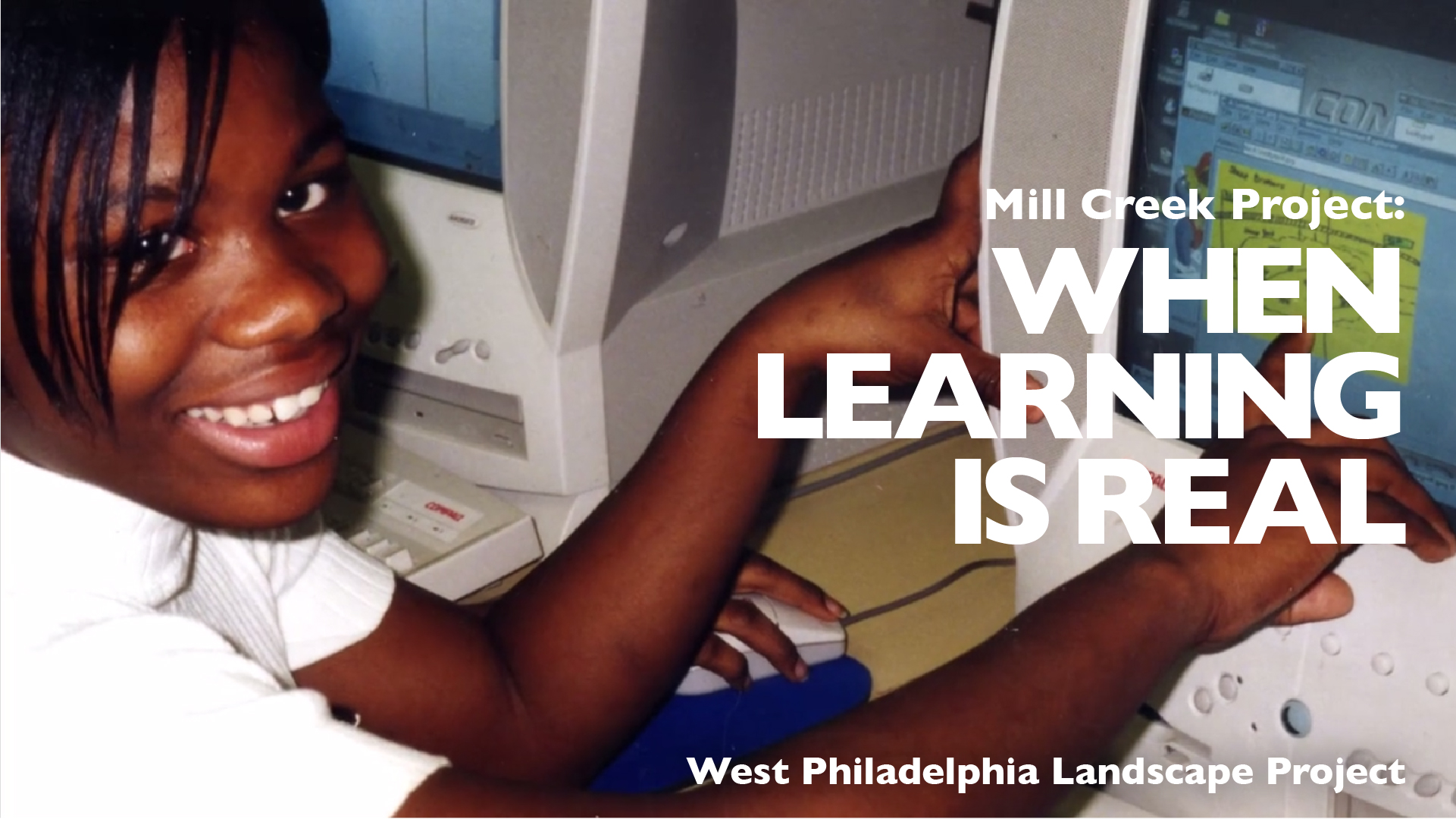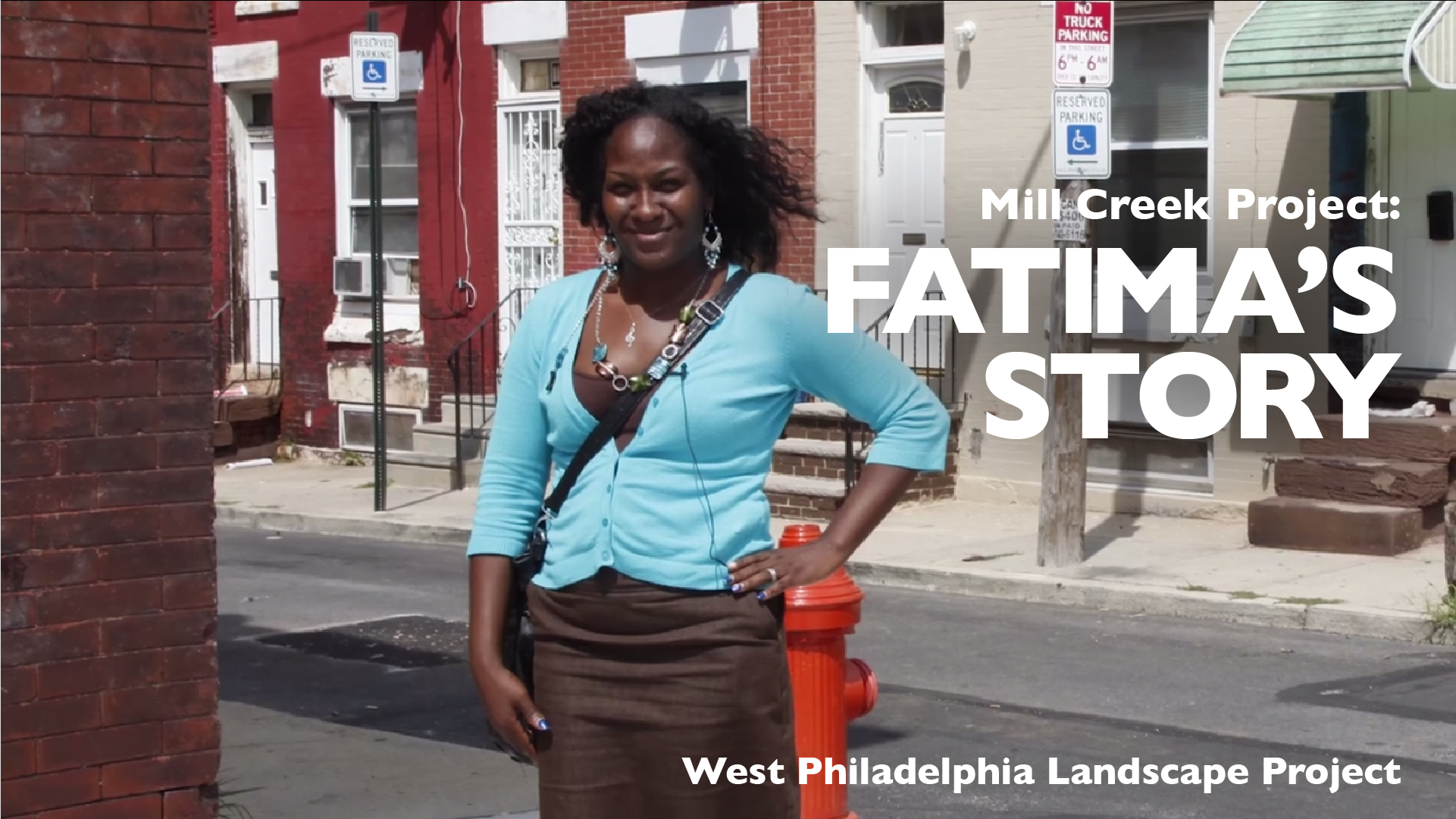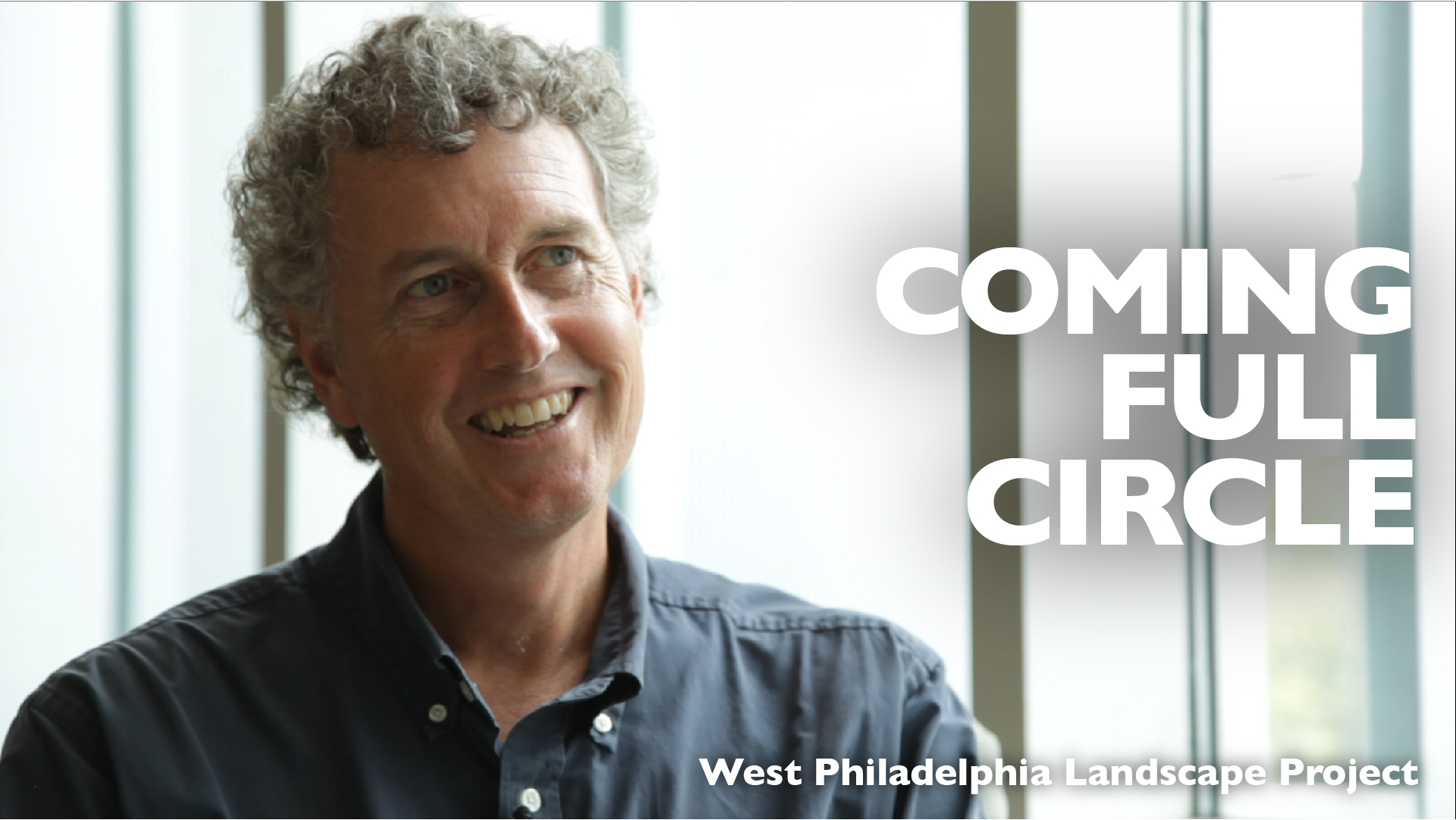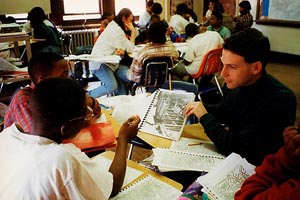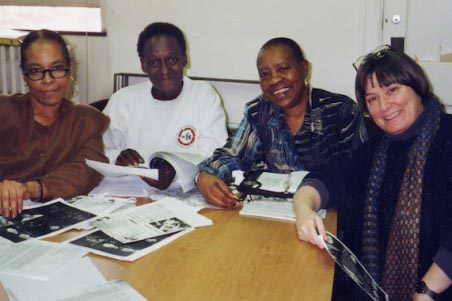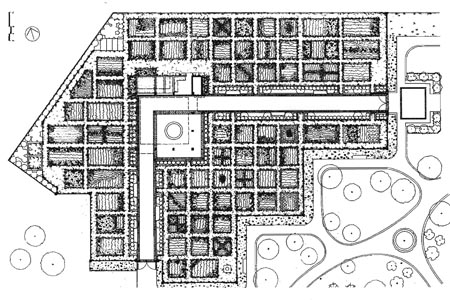
This garden is a town, we have everything but a penal colony,” said Hayward Ford, President of Aspen Farm Community Garden. Ford’s statement reflects a basic idea which guided our work: community gardens are a model for neighborhood-based planning. They are microcosms of community that contain many lessons for designing neighborhoods and cities A community garden is often a first step in community development and an important training ground for future leaders.
Dozens of community gardens were designed and built between 1987- 1991 as part of the West Philadelphia Landscape Plan and Greening Project, including three of those described below.
The report highlights eight community gardens, selected for their diversity in terms of how they were formed, how they operate, and how they look, to provide a glimpse of what different places such gardens can be. The gardens range from a tiny, intricate garden to a huge, amorphous one, from ones tended by one or two individuals to others where over fifty people garden. Community gardens embody the values of those who plant and end them, thereby creating a variety of physical forms and organizational structures; yet certain elements and motivations are common to all.
View Now (PDF)
